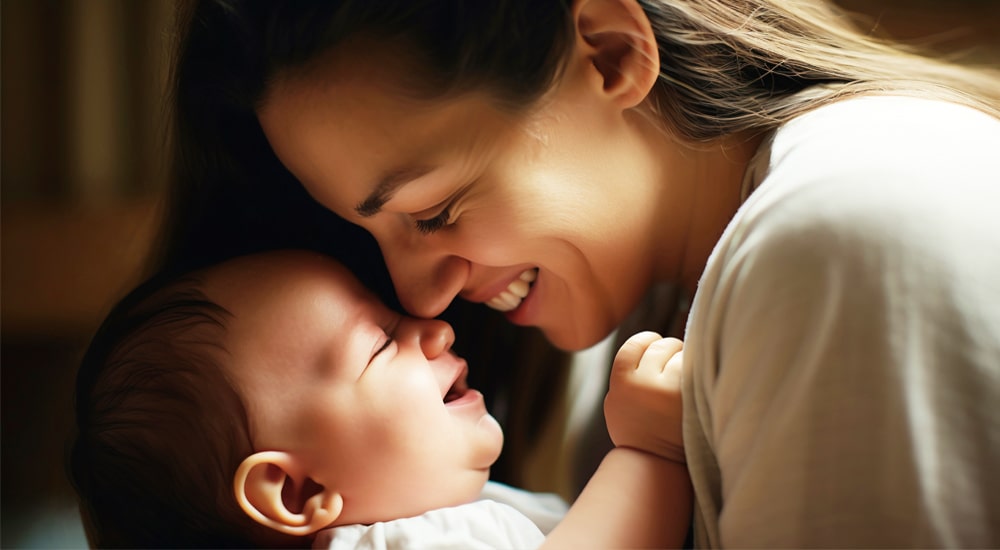
Childbirth is a fantastic journey, but it comes with its own set of challenges, especially in the postpartum period. One important aspect that new mothers often overlook is swaddling births. These pads are not only convenient but essential for postpartum care. In this article, we will explore why postpartum massage is important and how it can make the recovery process easier and more comfortable.
What is Maternity Pads?
Maternity diapers are specially designed absorbent chemicals used by women after childbirth to deal with postpartum bleeding, also known as lochia. This type of bleeding is a natural process as the body removes leftover blood, fluid, and amniotic fluid from the uterus after childbirth. Maternity diapers are larger, sturdier, and more absorbent than regular clean diapers to handle the heavy flow that often occurs in the early postpartum days.
Understanding Postpartum Bleeding
Postpartum bleeding, additionally called lochia, is an herbal and important part of the postpartum healing manner. It happens as the frame sheds the lining of the uterus and expels the closing blood, mucus, and placental tissue after childbirth. This bleeding commonly lasts for approximately four to 6 weeks, beginning with a heavy go with the flow of vivid purple blood that regularly tapers off and modifications of coloration to pink, brown, and ultimately white or yellow.
What Is Postpartum Bleeding?
After giving birth, your body goes through a process called lochia, which involves shedding the uterine lining. This type of bleeding occurs more frequently than normal and can last for several weeks. In the meantime, regular sanitary pads just don’t cut it.
The Importance of Maternity Pads
Maternity pads play a crucial role in postpartum care, offering essential support and comfort to new mothers during the recovery period. After childbirth, women experience postpartum bleeding, which can be heavy and prolonged. Comfortable pads are specifically designed to handle this increased flow, providing superior absorbency compared to regular sanitary pads.
Superior Absorbency
One of the main reasons why these pads are important is because of their advanced absorbency. Postpartum bleeding can be quite heavy, especially in the first few days after transport. These pads are designed to deal with this heavy drift, ensuring you stay dry and snug.
Comfort and Protection
Postpartum restoration can be uncomfortable. These pads are crafted from soft, breathable substances that lessen the risk of irritation and provide the comfort needed for the duration of this sensitive time.
Preventing Infections
Maintaining hygiene is crucial after childbirth to prevent infections. These pads help keep the area clean and dry, reducing the risk of bacterial growth and infections. Their design ensures that they stay in place, providing reliable protection.
Different Types of Maternity Pads
These pads are available in various sorts to cater to the unique wishes and preferences of recent moms at some point in their postpartum healing. Some of the most commonplace types encompass disposable pads, which might be handy and hygienic for the heavy glide experienced immediately after childbirth.
Disposable Maternity Pads
Disposable pads are a popular choice for brand-spanking new moms because of their convenience and effectiveness in managing postpartum bleeding. These pads are designed to be pretty absorbent, providing the necessary protection in the course of the heavy drift that typically happens after childbirth.
Reusable Maternity Pads
Reusable pads are a green and value-effective alternative to disposable pads, presenting new moms with a sustainable alternative for handling postpartum bleeding. Made from soft, absorbent cloth substances, those pads are designed to be washed and reused, reducing waste and positive impact.
Choosing the Right Maternity Pads
Choosing the right birth product is important for comfort, hygiene, and effective management of postpartum hemorrhage. Factors like absorbency, comfort, and size are important to consider before choosing a birth pad. It needs to be highly absorbent to handle the high flow immediately after birth, so comfort is another key factor in getting a pad specifically designed for postpartum use.
Absorbency
Look for pads with excessive absorbency to manage heavy postpartum bleeding correctly. This guarantees you should change pads often, imparting peace of thought and comfort.
Comfort
Choose pads made from soft, breathable substances to avoid inflammation and soreness. Comfortable pads are key at some point in the postpartum length, as your body is recovering and desires gentle care.
Material
Option for hypoallergenic and breathable substances to limit the hazard of hypersensitive reactions and promote higher hygiene. Natural materials like cotton are frequently a very good preference.
How to Use Maternity Pads
Proper Placement
Ensure the pad is positioned efficaciously on your underclothes to offer the most coverage and safety. Most pads have adhesive strips to help them live in place.
Regular Changes
Change your pad often to maintain hygiene and prevent infections. How regularly you need to alternate will rely upon your float, but it is normally suggested that you do so every three to four hours.
Common Misconceptions About Maternity Pads
There are numerous not unusual misconceptions about pads that could cause confusion or a false impression among new mothers. One common misconception is that any kind of pad, including everyday sanitary pads, can be used interchangeably with pads.
Regular Pads Are Just as Good
Regular pads are not designed for heavy and extended postpartum bleeding. Using them can result in leaks and soreness.
Maternity Pads Are Too Expensive
While some excessive-end alternatives can be steeply priced, there are less costly pads that offer exceptional protection and luxury. Plus, making an investment within the proper pads can prevent headaches and soreness.
Conclusion
Maternity pads are crucial after childbirth due to their advanced absorbency, comfort, and protection, which can be essential for dealing with postpartum bleeding. Regular sanitary pads are frequently inadequate for the heavy drift experienced in the weeks following shipping. These pads are specially designed to deal with this extended extent, ensuring new mothers stay dry and comfortable.





